
Baoyu ZHANG
Chinese Patent Attorney
Drawings or photographs are crucial and central elements in a design patent application. Article 64(2) of China's Patent Law provides that “for the patent right for design, the scope of protection shall be confined to the design of the product as shown in the drawings or photographs.” This indicates that the scope of protection of a design patent is strictly based on what is shown in the submitted drawings or photographs.
In China's design patent examination practice, the examination requirements for drawings or photographs are more stringent and differ from those of other countries or regions. This requires the applicant, when filing a design patent application in China, to carefully check the drawings or photographs and make adjustments where necessary to comply with the relevant provisions of the Chinese Patent Law and the Implementing Rules, and Patent Examination Guidelines. The following are specific considerations regarding drawings or photographs for Chinese design patents.
I. Specific types of drawings or photographs and common requirements
Design drawings or photographs mainly include the following three types: line drawings, renderings and photographs. Regardless of the form chosen, the following common principles need to be met:
1. Orthographic projection relationship: the projection relationship among all views must be corresponding.
2. Consistent dimension ratio: the dimension ratio among all views should be kept uniform to avoid inconsistencies that compromise the integrity of the design.
3. Avoid non-designed content: the views can include indicator lines showing the position and direction of the cutting planes, enlarged parts, transparent parts, etc., but there should not be unnecessary lines or marks, such as dimension lines and rendering lines.
4. Clarity: all views should avoid blurriness or lack of detail.
5. Single background: The background should be a solid color (usually white) to avoid cluttered backgrounds that interfere with the presentation of the design.
The above points are illustrated through the following example drawings.

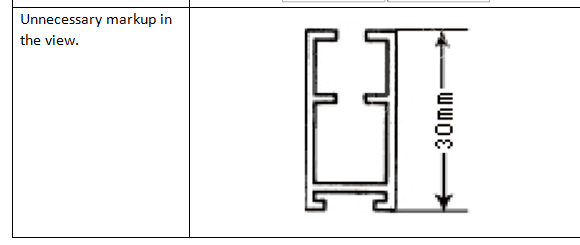

II. Specific requirements and considerations for different types of drawings
1 Line drawings
Specific requirements and common problems with the line standards:
- Ensure that lines are of uniform thickness, avoiding excessively thick or thin lines, and ensure that lines are of a consistent color, usually black.
- There should be no overlapping or broken lines in the views.
- Non-necessary lines shall not be included: auxiliary lines that do not belong to the design content, such as shaded lines, shall not appear in the views.
- Non-essential lines should not be included: auxiliary lines that are not part of the design, such as shading lines, should not appear in the views.
- Sketches should not be submitted: views should be drawn with reference to the relevant provisions of the Chinese national standards for technical drawing and mechanical drawing, and no sketches should be submitted.
The above points are illustrated through the following example drawings.
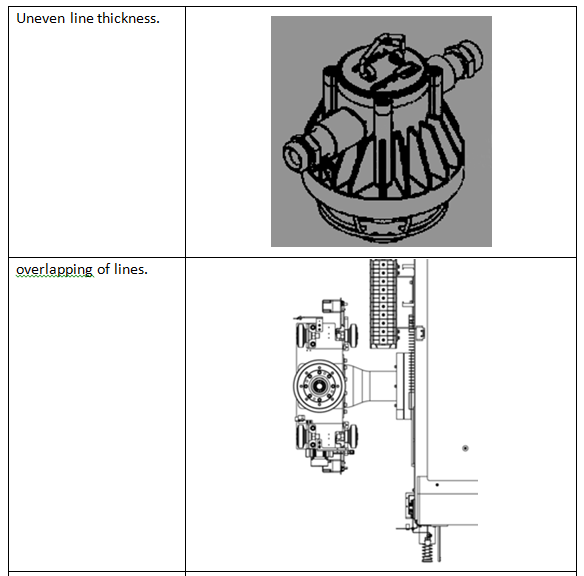
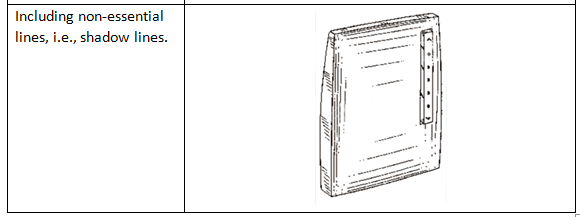
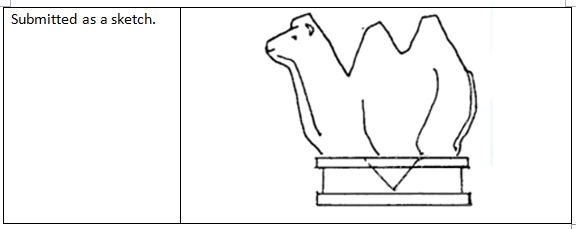
2 Renderings and photographs
Renderings are usually generated by the software, and the quality of the views is easily affected by the software's lighting settings. In addition, the quality of photographs is easily affected by shooting and the shooting environment, which requires special attention to the reflection of the product surface.
-Color uniformity: Ensure that the colors of corresponding parts are consistent.
-Avoid reflections and glare: There should be no excessive glare or obvious reflections on the product's surface, so as not to affect the clear expression of the design details.
-Avoid redundant elements: photographs must not include interior items or background objects (e.g. transparent boxes within products for sale).
The above points are illustrated through the following example drawings.
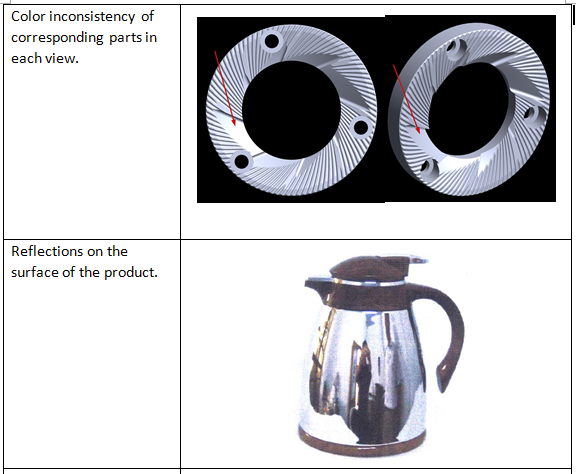

III. Summary and Suggestions
The drawings or photographs in the design patent application are not only the direct expression of the design content but also the core basis for patent examination. Therefore, when preparing the application documents, the following points should be emphasized.
1. Strictly check the quality of the views to avoid rejection of the examination due to the quality of the views.
2. Check for and amend the different possible defects in the views based on the different types of views.
3. Seek the assistance of a professional attorney to ensure the successful grant of the design patent if there is any doubt about the views.
Open wechat "scan", open the page and click the share button in the upper right corner of the screen